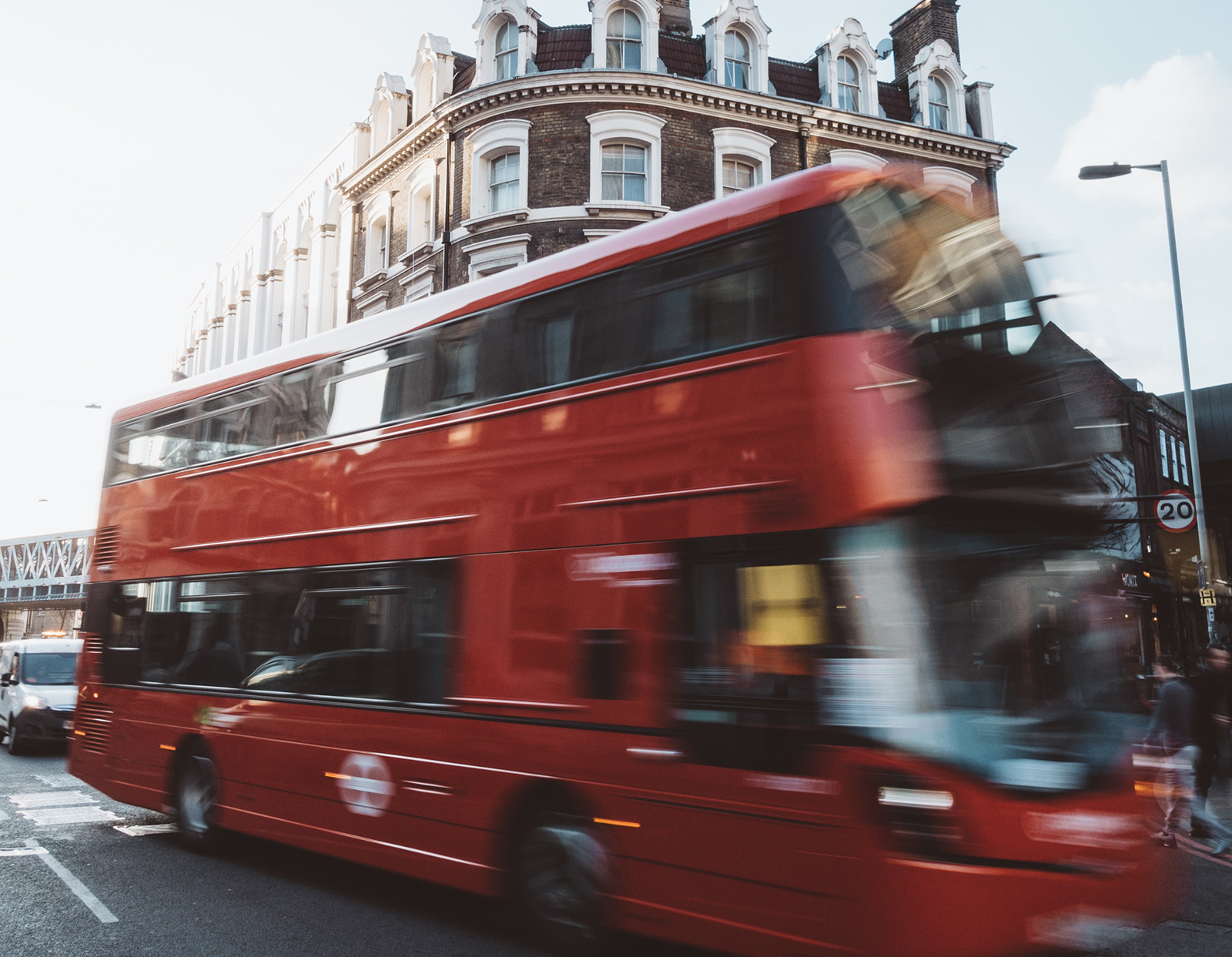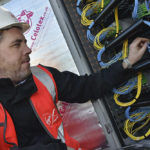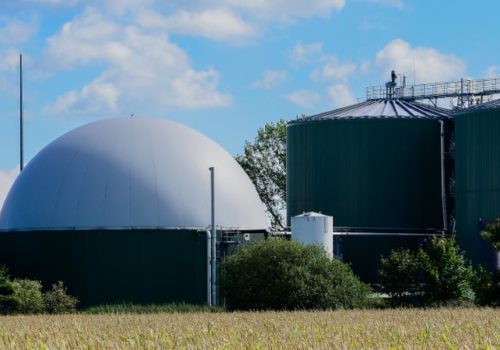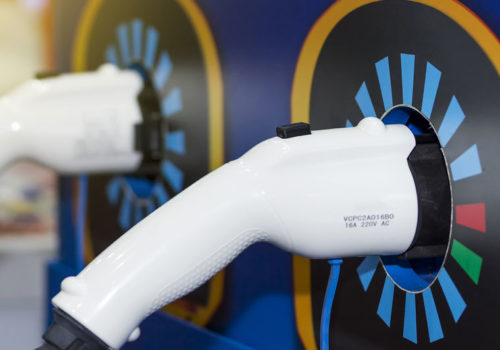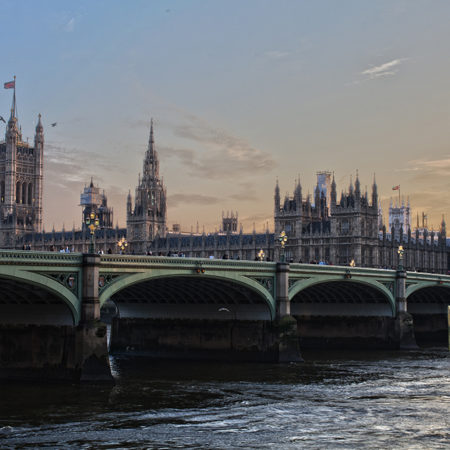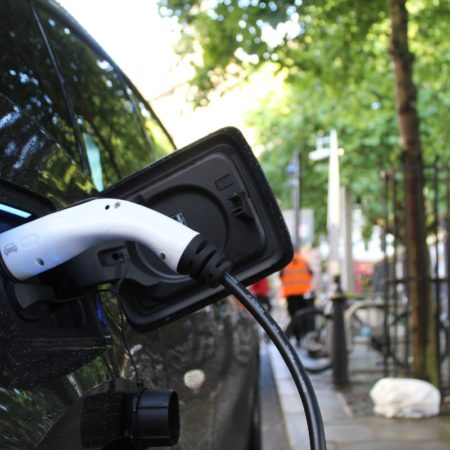Transport is the largest source of carbon dioxide emissions in the UK, according to the most recent official figures, and many businesses will find it the most challenging area to tackle as they work towards their net zero goals. So how do you get started on decarbonising your company’s transport use while remaining competitive?
It’s crucial to include Scope 3
For your company’s net zero strategy to be valid, especially if you intend to set a science-based target, it will need to include your Scope 3 emissions, otherwise known as value chain emissions. So, for example, the transport emissions for an office would include those from employee commutes, a retailer would factor in the emissions from customers coming to its shops and a manufacturer would include any emissions from a third party transporting its products.
If you don’t factor these in, you are likely to be overlooking the bulk of your organisation’s emissions and starting your net zero journey from an incorrect baseline. Scope 3 are the hardest type of emissions to tackle because you don’t directly control them, but most businesses can do more in this area than they realise.
Support modal shift
Although businesses can’t tell employees or customers how to reach them, there is a lot of scope for influencing individual decisions by supporting the kind of change you want to see. For example, a retailer could:
-
-
- Choose shop locations that are convenient for public transport;
- In areas that aren’t well served for public transport, consider running a free shuttle bus to the store;
- Offer secure cycle parking that is covered, well-lit and near the entrance to the shop;
- Offer electric car chargepoints and make certain parking spaces for electric cars only;
- Offer a delivery service for heavy items so that multiple individual car trips are replaced by a more fuel-efficient route.
-
An employer could do all of the above, and also:
-
-
- Allow staff to work from home where possible;
- Operate a Cycle to Work scheme;
- Offer contributions to employees’ public transport costs;
- Offer Bikeability training for staff;
- Host events such as Bike Breakfasts to boost morale and show that the organisation has a culture of supporting low-carbon travel.
-
Make every journey count
Haulage is extremely important for many businesses, as it is for the economy as a whole, but heavy goods vehicles make up a disproportionate amount of road transport emissions. If current trends continue, any emissions savings made by improved vehicle efficiency in the UK will be wiped out by the increasing numbers on the roads. But do they all need to be there? According to figures from the Department for Transport, around 30% of lorries on the roads are running empty. And the bigger the vehicle, the more likely it is to be empty.
Could your business cut emissions by optimising its logistics to avoid empty running? Could some of the journeys made by heavy goods vehicles on behalf of your company be made more efficient through back-hauling other goods, even if the return load is unconnected to your business? Similarly, could you optimise half-empty journeys by load-sharing with another organisation?
Go electric
Replacing vehicles in your fleet is a key opportunity for decarbonising your transport
Replacing vehicles in your fleet is a key opportunity for decarbonising your transport, but cost can be an issue, even after the government’s plug-in grant has taken a chunk off the purchase price. However, the higher upfront costs are more than balanced out by lower costs over the lifetime of the vehicle: zero Vehicle Excise Duty, lower maintenance costs and cheaper refuelling. So the lower-carbon option for your fleet is also the cheaper option in the long term.
The government’s Workplace Charging Scheme may offer some help towards the cost of installing on-site EV chargepoints, and has recently been expanded to include SMEs and the charity sector. It pays up to 75% of the purchase and installation costs for a chargepoint (capped at £350 per socket). The maximum number of sockets has just doubled to 40, which means there is potentially £14,000 of government subsidy available for companies to invest in the infrastructure to help get their fleet to net zero.
Any electric vehicles in your fleet should be fuelled with the greenest energy possible. As we explained in our guide to getting started with zero carbon buildings , not all renewable tariffs are equal, and some will take you a lot further towards net zero than others.
Think outside the box
Getting to net zero is probably the biggest challenge your business will ever face, and big challenges require creative thinking. Replacing your fleet of cars and vans with EVs is a good move, but could you get rid of some motor vehicles entirely? Oxford-based courier firm Pedal & Post makes 2,000 deliveries by bike every week, including food and medical supplies, and has been so successful it plans to expand soon. Other organisations such as Sainsbury’s and North Somerset Council have also been recently trialling the use of cargo bikes to replace vans for deliveries.
Reaching net zero
With the best will in the world, it is nearly impossible for a business to get all its transport emissions to zero, so it is likely that your pathway to net zero will involve some form of offsetting to balance out existing emissions. But it is crucial that you do everything possible to cut emissions before you explore offsetting. Following the steps above will help you to reduce your transport emissions as much as is realistically possible.


